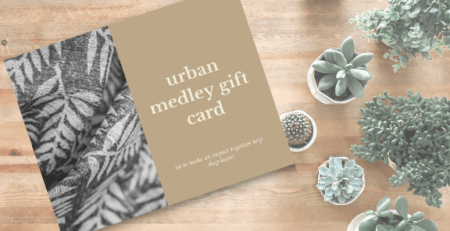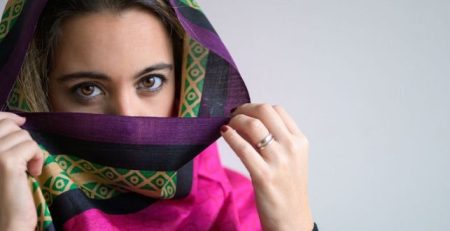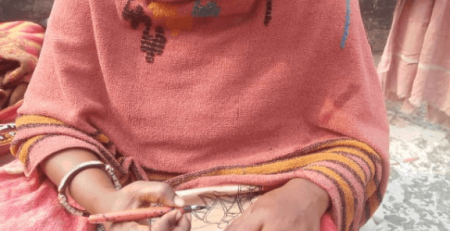How to care for your Organic silk ?
My tryst with silk
Growing up in India I was no stranger to silk. I distinctly remember my mother’s cupboard where she fondly stored every silk saree wrapped in old muslin and sprinkled with nigella seeds( it was supposed to naturally keep insects away). Some of her sarees were inherited from her mother, some had once been part of her trousseau and then of course then the ones she had collected over the years. Each time I would as a child tug at one of them or as an young adult insist on draping one, she would narrate a story about how it came into her possession. It was as if the neatly stacked sarees in her cupboard were not merely an attire put pages out of a collection of short stories.
Silk sarees-yes that’s where I first came in contact with this luxurious fabric. 8 meters of un-stitched silk fabric luxuriously embellished with gold thread or zari borders, or intricately woven designs . There were the heavy ones used only for formal occasions and the lighter everyday ones. But a silk saree was always something special, something that made it stand out over the simpler cotton or those made of synthetic fabrics. It was always considered a little more elegant a little more celebratory and upmarket! Silk sarees were mostly treated as heirloom pieces and I think most of the families had a few which belonged to an older generation making it that much more special. They were not easily discarded and once it outlived its use as a saree there was always some other use for it.
Over the years silk has still retained its elite status and has not really gone out of fashion, both in East and West but over the decades I see it being used more sparingly or often inferior varieties of silk have been introduced. Silk mixed with cotton and other synthetic fabrics. Now that is not the same and it takes away the old-world charm of this royal fabric. It is pure silk which is after all the real thing.
Ahimsa or Cruelty free silk
Something I did not realize as a child is the cruelty with which this elegant fabric was traditionally made. Thousands of silkworms were boiled, killed to weave the yarn from the cocoon and this was necessary for the gloss and shimmer inherent to the fabric. However, in 1990 the concept of Organic or Ahimsa (non- violence) cruelty free silk weaving was introduced in India, which allowed the silkworm to complete its process of metamorphosis and develop into a moth. The cocoon was used only after the moth discarded it.
As the moth hatches and pierces a hole through the cocoon the fibers are shortened. The yarn is woven from these shortened fibers making the weaving process way more difficult. Ahimsa silk is less glossy than the traditional weave and it has a beautifully textured body. It is hand spun, hand woven and retains the properties which are lost in the conventional silk weave. Its warm in winter and breathes in summer making it comfortable all year round.
This new form of weaving and spinning makes silk even more special and not to mention sustainable.
The cost of Ahimsa silk
What is often missed by many consumers is that the cruelty free silk production is way more time consuming. It takes 10 days for the caterpillar to metamorphose hence production time is longer. Also at this stage the yield of silk filaments is 6 times less. This makes the market price of the ahimsa silk way more than the conventional silk. However, what the consumer gets is a sustainably manufactured cruelty free fabric.
Care for Organic silk
Once you are a proud owner of an article made of ahimsa silk its very important to take care of the same. Remember it is an heirloom and you would probably want to pass it on to the next gen, to be used and reused with all the memories carefully wrapped in.
Urban Medley carries a wide range of cruelty free, organic silk scarves and capes handcrafted by designer Neesha Amrish along with her team of weavers and printers. She shared some tips as to how best to care for organic silk.

How to Care for organic silk – some easy tips
- When not in use keep it protected in a cloth bag. The easiest step to care for organic silk. (all our scarves are delivered in a dust bag use that to keep your piece protected).
- If necessary, before use you can iron out your scarf or cape. This removes the wrinkles if any.
- You may store it rolled up in your dust bag instead of folding to avoid creasing but it is not necessary.
- It is best to be worn multiple times because it is not the closest garment to your body, and then dry cleaned if necessary. No need to dry clean after every use.
- It is enough to just air and shade dry. If required iron with a regular iron on medium heat for optimal sanitization.
- Try not to spray your perfume or any other aerosol, e.g. hair spray on your silk item.
- For oil stains, one can just dab some regular talcum powder onto the stain, and then iron on the powder. The powder removes the stain 90% of the time unless It is a tough one.
- Washing at home is strictly not advised. But if you still want to risk it- you can use a mild liquid detergent (suitable for woolen garments). Dip and remove immediately, no scrubbing and to be dried on a flat surface.
- If it gets dirty in a particular area then you can try isolating the affected area and just lightly rub with a damp cloth.

Treat your favourite silk scarf with care. You can use it multiple times and each time it would look even better. Hand spun and hand printed silk never goes out of fashion. Silk retains its charm and elegance. It just needs a little extra attention and care – but then doesn’t all things especially dear to us.
Shop the collection here; Peace Silk scarves
Image credit; Neesha Amrish
Author: Shayonti Chatterji










